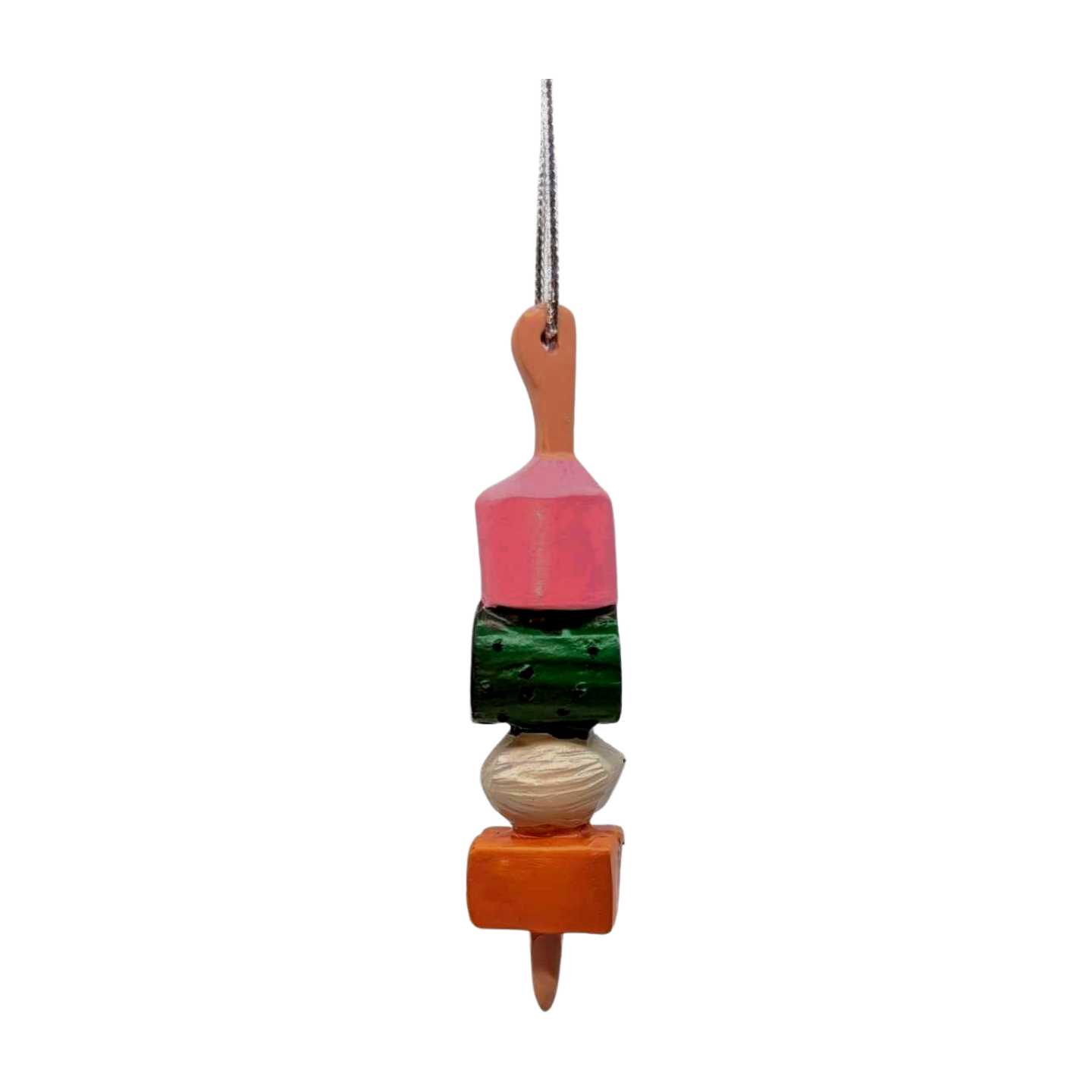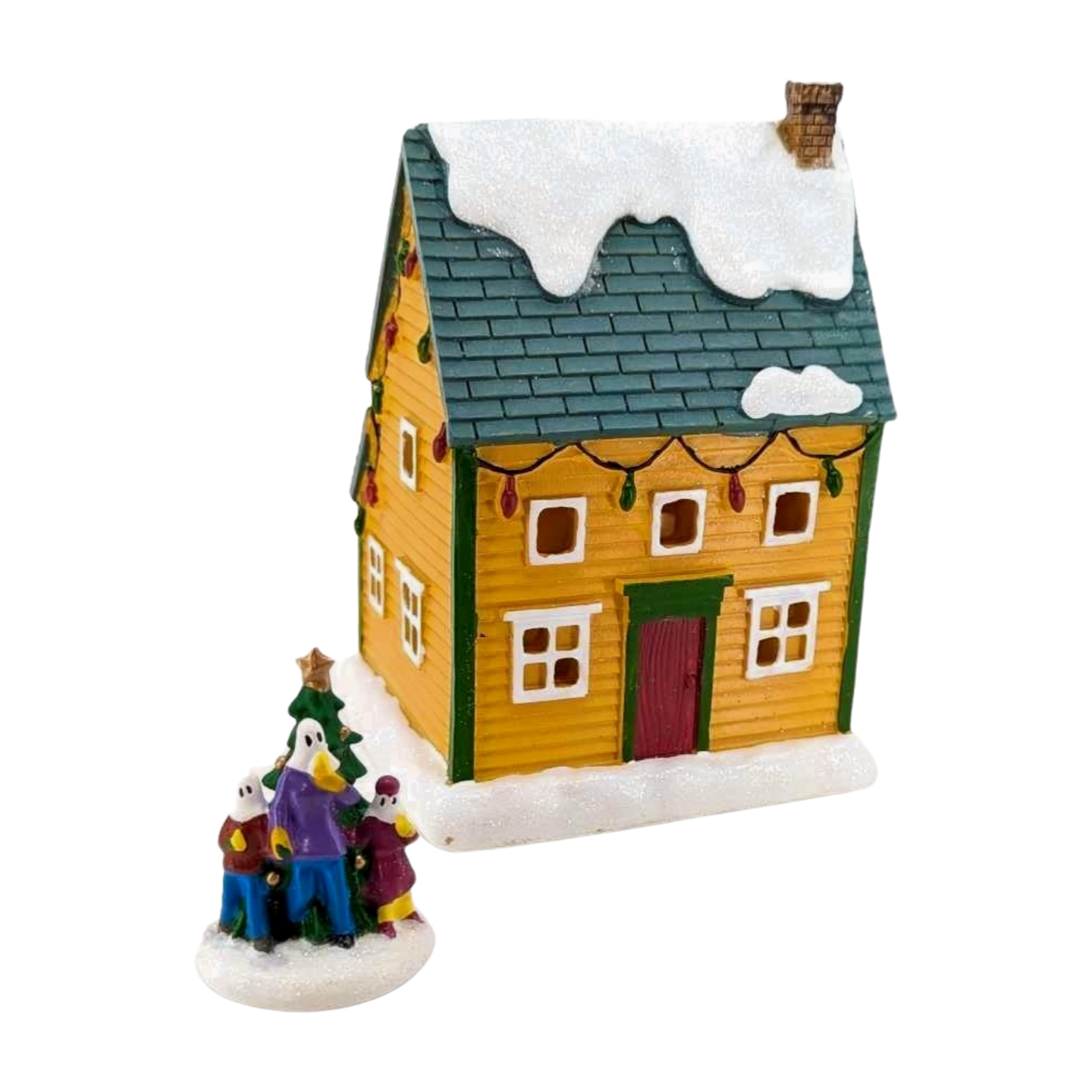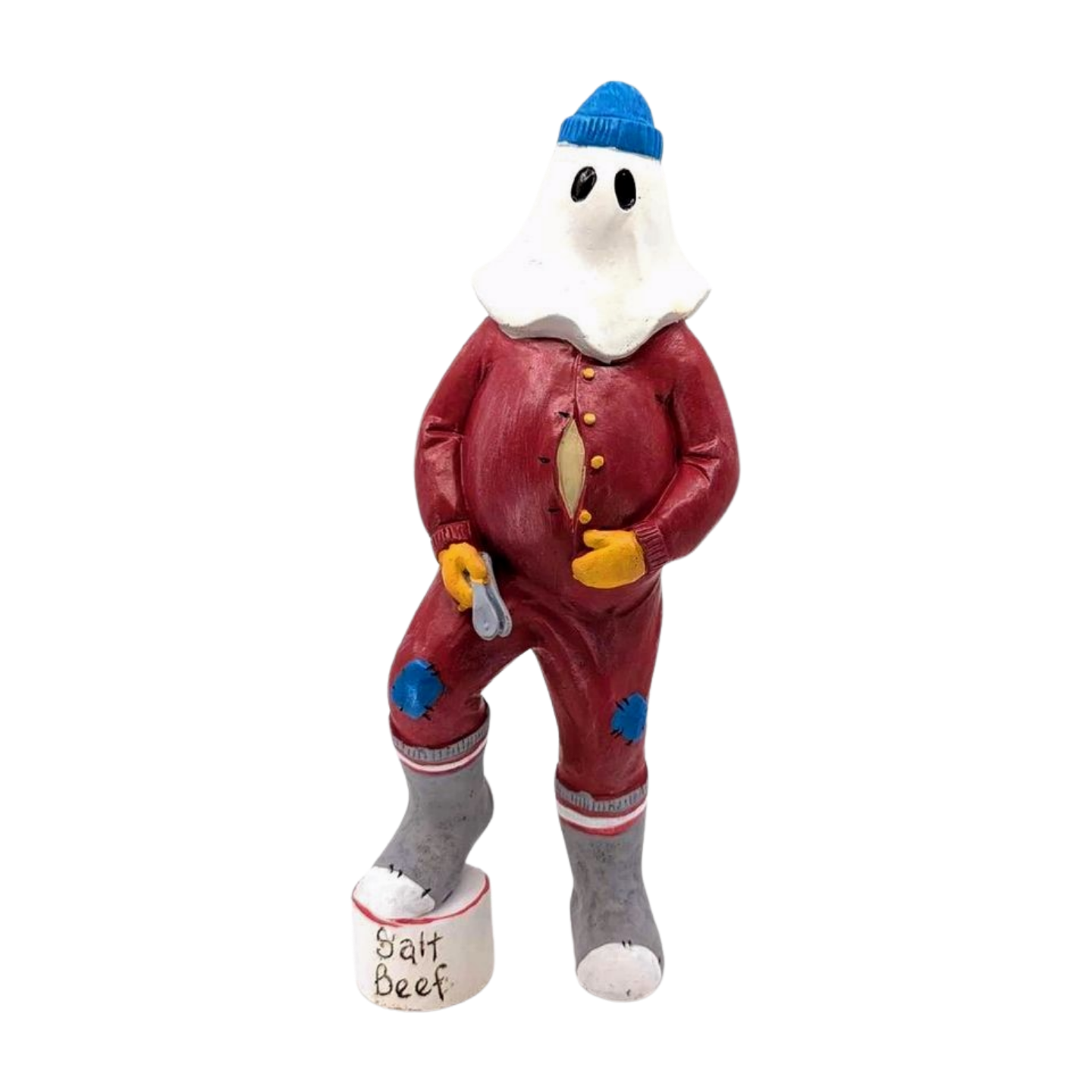By Dale Jarvis
There have been a lot of jokes made over the years about Newfoundland and Labrador’s rudest place name, but with October 31st on the horizon, what is the spookiest?
One contender is clearly the community of Isle aux Morts. It is named for the small islands opposite the settlement which share the same name, and which were settled before the town itself. Roughly translated to English as Deadman’s Island, it has been suggested that the name was originally given by the Basque who came to Newfoundland to fish as early as the 1500s. A history of shipwrecks in the area is the supposed reason for the deliciously gloomy name.
In the area there is also an Isle aux Morts Harbour and an Isle aux Morts River. Archbishop Howley (1904-1914) noted another place with a slightly different spelling, Isle A Morte, at Port aux Basques. We can also boast of a Bras Mort Brook near Stephenville and Anse aux Morts near Pointe Amour, Labrador.
Emily Harbour, Labrador, might not seem like a frightening name, but the former fishing station does boast a Graveyard Cove. Back in the 1800s, a family had died in Emily Harbour of smallpox. They were buried in a sandy little cove, and from that day to this, that lonely beach on Brig Harbour Island has been named Graveyard Cove.
Trepassey, on the Avalon Peninsula’s Southern Shore, also might not seem spooky at first glance. It has what is known to geographers as a commemorative place name, which is given consciously in recognition of another place. In this case, it was transferred from the Baie des Trépassés in Brittany, the “Bay of Souls.” Trépassés is used to refer to a place dangerous for shipping, much like “Deadman’s” would be in English.
My personal favourite is Bitter Ann’s Cove, which is located east of Garden Cove, near the head of Placentia Bay. According to legend, the cove is named after Ann Power. Ann found herself stranded in the cove without a boat when her husband died suddenly one winter. Just when things seemed hopeless, the spirit of her dead mother appeared, saying, “Go to the point, light a fire and stay there.”
Not one to argue with a ghost, Ann obeyed, and spent three days and three nights tending a fire on the point. Eventually, a passing boat saw the light and came to her rescue. From that point on, the cove has been named Bitter Ann’s Cove.
In addition to all these ghoulish place names, Newfoundland and Labrador is home to two Coffin Islands; one each of a Coffin Cove, Coffin Point, Skeleton Cove, Ghost Lake and Ghost Pond; eight place names that include the word Deadman; too many Wreck and Shipwreck place names to count; and at least 13 (which seems appropriate) other Newfoundland and Labrador official place names which include Dead in some form or another.
Which of these places seems like the ideal Halloween destination to you?
Do you know a story or local legend explaining your favourite Newfoundland and Labrador place name? Send it to dale@dalejarvis.ca. Dale Jarvis is the author of “Place Names of Newfoundland and Labrador,” published by Flanker Press.










